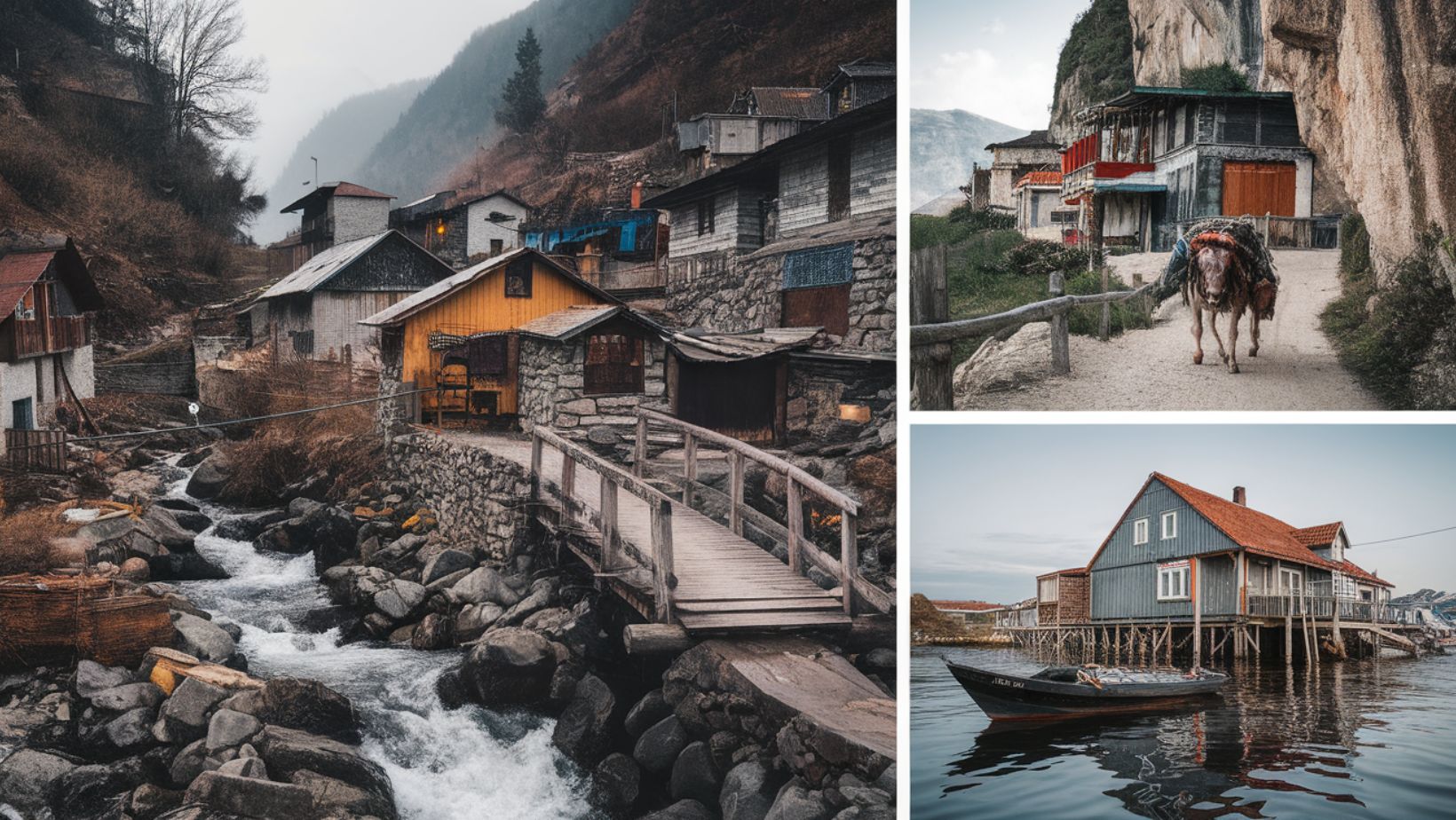What if there were places on Earth where Amazon packages can’t reach, where WiFi is a distant memory, and where nature still rules supreme? In an age of constant connectivity, these remote havens seem almost mythical. Yet hidden across three continents, there exist communities that have managed to preserve their isolation from the modern world. These extraordinary destinations – accessible only by boat, mule, or ancient forest paths – offer more than just an escape; they provide a glimpse into a way of life that many thought had disappeared forever.
Tortuguero Costa Rica Where Sea Turtles Rule and Boats Replace Cars
Nestled along Costa Rica’s Caribbean coast, Tortuguero’s isolation is its greatest asset. Known as the “Venice of Costa Rica,” this village of 1,200 residents can only be reached by boat or small aircraft, with water canals serving as streets. The name Tortuguero, meaning “Land of Turtles,” isn’t just poetic – it’s literal. Between July and October, thousands of sea turtles return to these volcanic black sand beaches to nest, creating one of nature’s most spectacular shows.
“Tortuguero represents the last stronghold of natural and cultural heritage on Costa Rica’s Caribbean coast,” notes the National Park Service.
The Daily Rhythm of Life Flows Through Tortugueros Waterways
Local life revolves around the water. Children paddle to school in canoes, while fishermen navigate the labyrinth of canals that wind through the surrounding rainforest. Visitors can explore over 20 miles of pristine beach, spot some of the 400+ bird species, or join night tours to witness turtle nesting. The absence of cars creates a peaceful atmosphere where the loudest sounds come from howler monkeys and tropical birds.
Supai Village Arizona Where Mail Still Arrives by Mule in the 21st Century
Eight miles from the nearest road, deep within the Grand Canyon, lies the most remote community in the continental United States. Supai Village, home to the Havasupai tribe (“People of the Blue-Green Waters”), represents the last place in America where mail is still delivered by mule train. The village’s 208 residents live in a paradise of turquoise waterfalls and red rock canyons, completely disconnected from the modern highway system.
Living Among Turquoise Falls and Ancient Traditions
The journey to Supai requires an 8-mile hike or mule ride through the Grand Canyon, followed by a descent of 2,000 feet. The reward? Access to some of the most spectacular waterfalls in North America: Havasu Falls, Mooney Falls, and Beaver Falls. The tribe maintains strict visitor limits to preserve their way of life and the natural environment, making reservations essential and often requiring bookings up to a year in advance.
Taman Negara Malaysia Where Ancient Rainforest Meets Indigenous Wisdom
Dating back 130 million years, Taman Negara is one of the world’s oldest rainforests and home to the indigenous Batek people. This massive national park, spanning 4,343 square kilometers, offers a glimpse into prehistoric times. The Batek community continues to live traditionally, using blowpipes for hunting and maintaining minimal contact with the outside world.
“The forest is our home, our supermarket, our school, and our temple,” shares a Batek elder through a local interpreter.
Adventures in the Worlds Oldest Rainforest
Visitors can experience the world’s longest canopy walkway, suspended 40 meters above the forest floor, or trek to Gunung Tahan, peninsular Malaysia’s highest peak. Night safaris reveal rare species like the Asian elephant, Malayan tiger, and tapir. The park’s strict conservation policies mean modern development is minimal, preserving both the ecosystem and the Batek’s traditional way of life.
Practical Considerations for Visiting These Remote Paradises
Each location requires careful planning. Tortuguero is best visited during turtle nesting season (July-October). Supai Village demands advance permits and physical preparation for the challenging hike. Taman Negara requires guided access to indigenous areas and is best experienced during the dry season (February-September). All three destinations offer basic accommodations that embrace their off-grid nature, from eco-lodges to traditional homestays.
